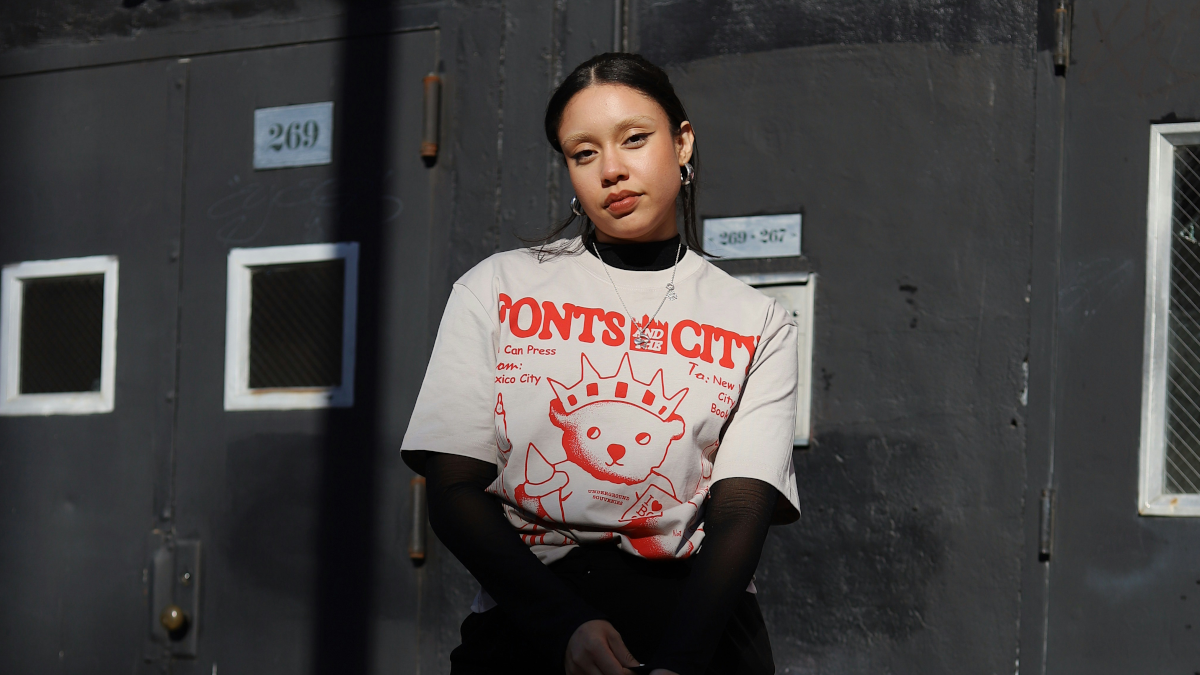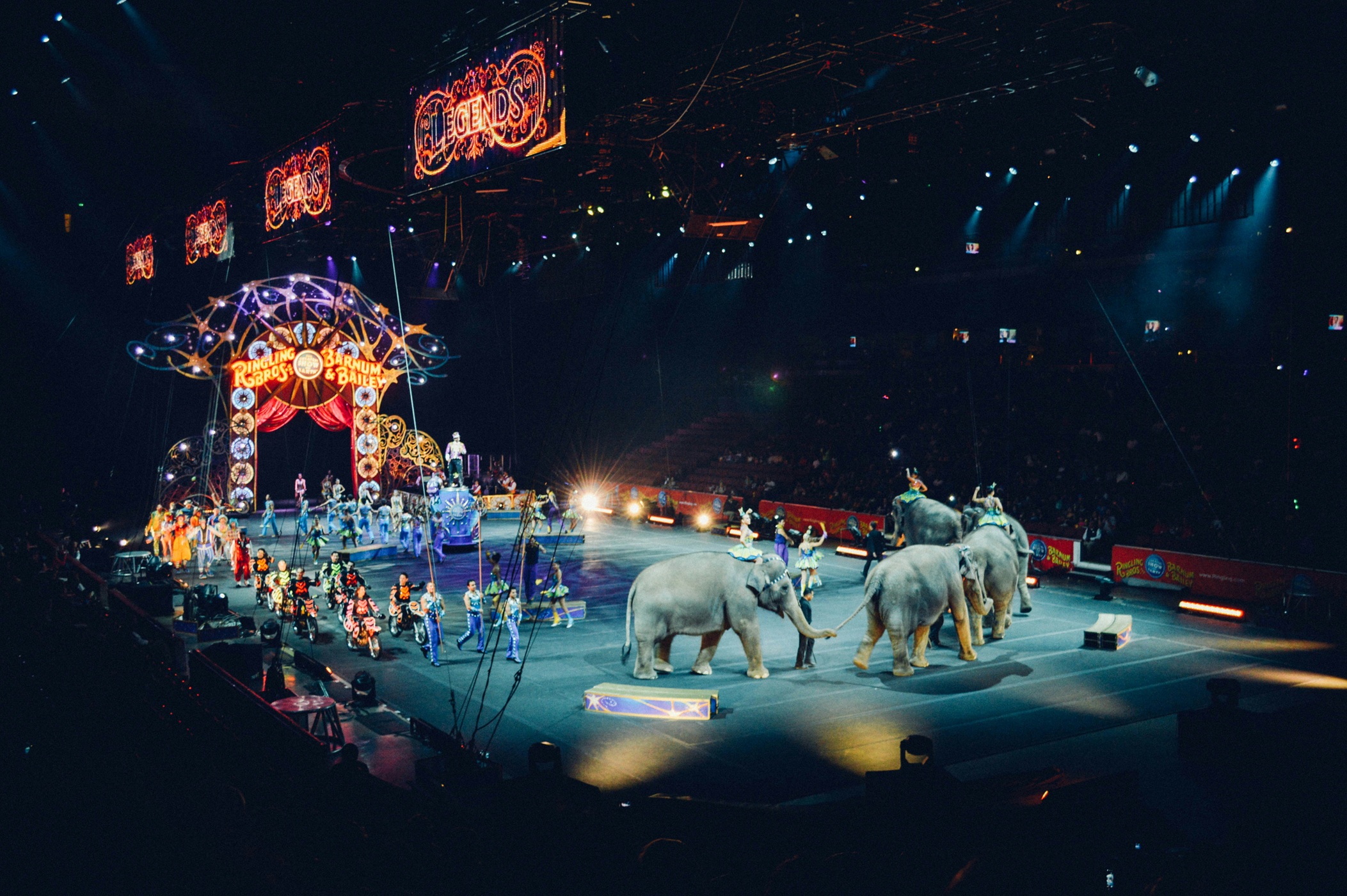Shoe Tim. Tunnel mouth. The Nutter Butter man ‘whose intentions are unknown’. For the past year or so, cookie brand Nutter Butter has been serving surreal content with disturbing visuals and distorted sounds to its followers on TikTok. Other brands are increasingly embracing what has been labelled by industry commentators as ‘unhinged’ content, too. For Halloween, Dunkin’ made ads for its spider donut, ‘spidey d’, who told the internet ‘ive got the long legs all I need is the dadddddy’ and ‘ya girl said im not so itsy bitsy’. For the most part, all this is in aid of connecting with Gen Z customers.
Brands are proving that they are willing to do anything to capture the attention of Generation Z, and to an increasing extent, Generation Alpha. And agencies and consultants put a lot of resources into defining and distinguishing these cohorts, to tell brands how to reach them. So, it is important to question what we can learn about people from the year in which they were born.
Are all Gen Z the same?
According to Pew, a generation spans 15 to 18 years, but there’s usually a hard cut-off point. So, by the logic of generational segmentation, someone born in 1997 (Gen Z) is more similar to someone born in 2012 (also Gen Z) than someone born in 1996 (the cut-off point for the millennial generation). But even if two people were born in the same 12-month period, does this make them the same? Serial entrepreneur Mark Adams spoke about marketers’ obsession with generations at Brand Week Istanbul 2024, where he showed the audience two photos of men born less than 12 months apart: Donald Trump and Elton John. Similarly, numerous comparisons have been drawn between King Charles and Ozzy Osbourne, two wealthy men born in 1948. Would either of these pairs claim to have much in common?
‘Generational norms are arbitrary and, often, misleading. For instance, it’s incorrect to assume that all Gen Zs behave in a similar fashion, or that an individual belonging to Gen Z cannot share traits with someone from an older generation. Gen Z is a global generation, and cultural differences can greatly influence behaviour within this demographic. Essentially, the boxes brands and marketers confine people to based on their ages are far too neat and fail to adequately capture the complexities of human behaviour,’ Anna Dalziel, Founder of 40 Over Forty and SVP, Director of Marketing at Momentum Worldwide, tells MediaCat.
Generational segmentation also fails to consider how geography, culture, religion, and social status affect behaviour and beliefs. For example, baby boomers’ anti-war protests on college campuses in the ’60s and ’70s led to history framing the generation as being ‘deeply opposed to the Vietnam War’. But Pew notes that surveys at the time actually revealed younger Americans (many of whom did not pursue higher education) were more pro-war than the older generations. Despite this, we remember baby boomers’ anti-war slogan ‘Make love, not war’. On this basis, Pew advises questioning whether what we know about Gen Z might also ‘be skewed toward the experiences of the upper middle class.’
Generational marketing is problematic
Brands that build their marketing strategies around generational segments put themselves at risk of fuelling stereotypes, alienating customers, and even losing money. Indigo Slate’s brand strategy director Jane Hovey tells MediaCat that ‘bluntly describing any audience as a generational cohort is the sign of a lazy marketer’.
Often, generational marketing tends to be exclusionary, focusing on differences and inevitably promoting division. For example, Tiffany’s ‘Not Your Mother’s Tiffany’ campaign faced backlash in 2021, with customers from various generations branding the ads as ageist, disrespectful, and offensive.
Intergenerational and ageless marketing have emerged as two alternatives to targeting consumers based on their generation. ‘This means moving away from focusing too much on the age demographic, and instead appealing to universal human needs and wants that transcend generations,’ says Dalziel. ‘Marketing messages should be based on shared values or common interests instead of age cohorts.’
FatFace’s recent Christmas ad, which depicts a family sharing a cardigan, is a great example of this type of marketing. The short film, called It’s a Wonderful Gift, scored 4.9 Stars (out of 5.9) on System1’s Test Your Ad platform.
Moving away from labels
While Harvard Business Review writes that the future is intergenerational, and the insights agency Hall & Partners calls on brands to become ageless, Professor David Costanza argues against both.
‘We put way too much emphasis on generational membership and differences,’ he says. ‘As for whether brands should be intergenerational, I’d argue against that too because if we say they should, that suggests that distinct generations exist (which they do not). I’m not sure I would say brands need to be ageless. There is nothing problematic with targeting people by age, life or career stage, or other demographic characteristics. Older people need different things than younger people. But call them what they are: older consumers, experienced employees, new workers, emerging professionals, mid-careers, etc. rather than the debunked generational labels (and their associated stereotypes).’
There is a growing consensus that generational demographics do not matter as much as marketers think (or would like them to). At Brand Week Istanbul, Adams poked fun at brands building campaigns for a specific generation, likening it to creating campaigns ‘for people who are Libra’, and last year Pew announced it would only conduct generational analysis when it had enough data to compare people belonging to different cohorts at the same life stages.
‘By choosing not to use the standard generational labels when they’re not appropriate, we can avoid reinforcing harmful stereotypes or oversimplifying people’s complex lived experiences. With these considerations in mind, our audiences should not expect to see a lot of new research coming out of Pew Research Center that uses the generational lens,’ Pew wrote.
It further offered several alternative ways in which observers can group people more narrowly — by decade, key historical events (e.g., Covid-19), or technological inventions (e.g., iPhone). Psychologist Jean Twenge argues that technology and major events are key to understanding how generations differ. In her books iGen and Generations, she proposes ‘iGen’ as the official name for Gen Z and ‘Polars’ (referencing the melting polar ice caps and political polarisation) for Gen Alpha.
While it is certainly easy and convenient to group people into a few tidy boxes, it is probably not the most effective way of targeting them. To truly engage with audiences, marketers must accept that generational labels do not tell us as much as we think they do. People are shaped by far more than their birth years — the good news is that this also means they are united by far more.
Featured image: Good Faces / Unsplash


















